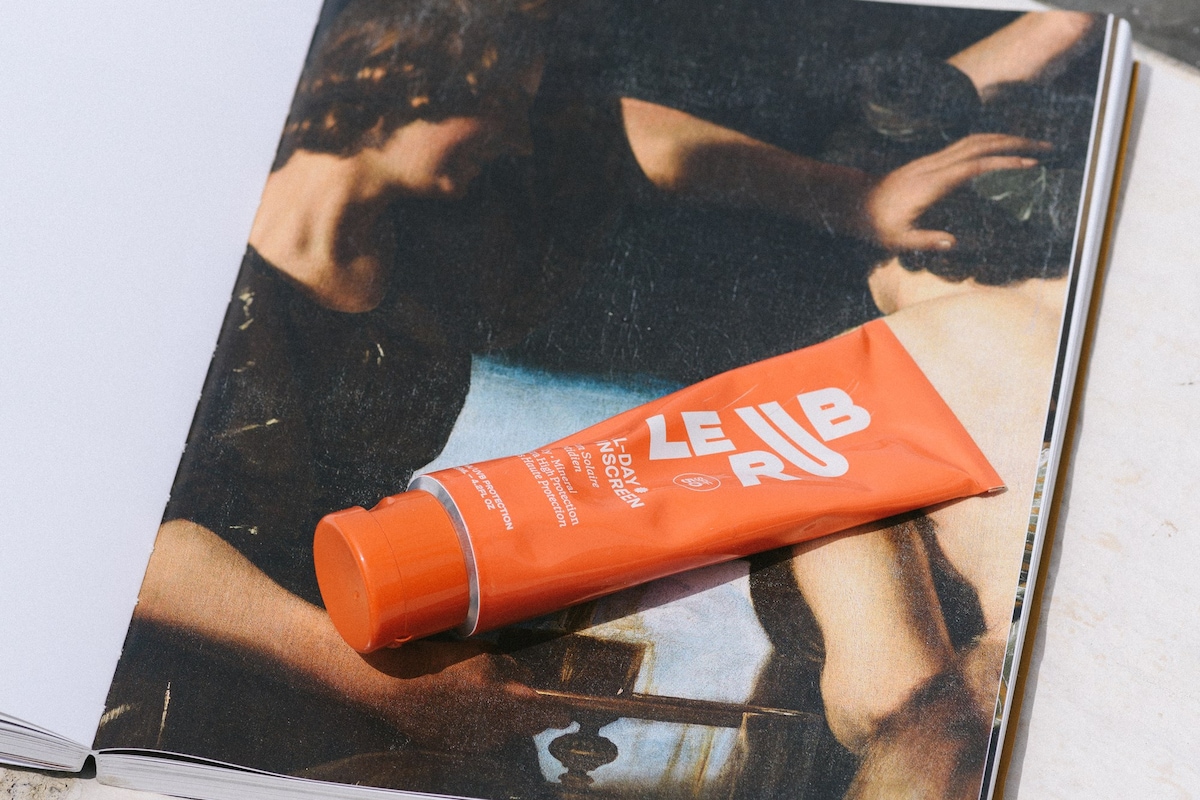
"Sunscreens of old (thick, paste-like and chalky white) are but a distant memory, with today's wave of multi-tasking formulas doubling as serums, moisturisers and even foundations saving us minutes each morning."
"Physical sunscreens, also known as mineral or natural sunscreens, call on minerals like zinc to reflect UV rays by creating a physical barrier. Chemical SPFs work differently - they behave like sponges, absorbing UV rays they then convert into heat before releasing this heat from your skin."
Sunscreen is a crucial element in skincare, preventing skin cancers, premature aging, and hyperpigmentation. Retailers often waive VAT on sunscreen during the summer, demonstrating its importance. Modern formulations combine sunscreen benefits with other skincare functions, streamlining morning routines. Physical and chemical sunscreens work differently: physical sunscreens use minerals for UV protection, while chemical ones absorb UV rays and release heat. Tinted SPFs are trending in 2025, improving skin appearance without heaviness, and tailored products cater to various skin types and preferences, including hair care options to prevent damage from UV rays.
Read at www.anothermag.com
Unable to calculate read time
Collection
[
|
...
]